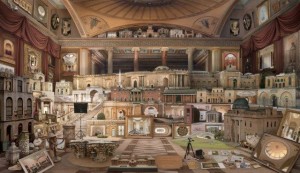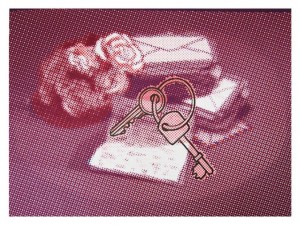On Wednesday 20th November, I’m giving a lecture at the Richmond Art Society:
(Guests are welcome, please see the website)
8pm @ Richmond The American International University in London
Queen’s Road, Richmond-upon-Thames, Surrey, TW10 6JP
The inspiration for this talk comes from the great conceptual artist Sol LeWitt’s statement, The idea becomes a machine that makes the art (1967). Although LeWitt’s ‘machine’ was metaphorical rather than literal, nevertheless this radical concept raised questions about the notion of art process and creative behavior and challenged the notion of what art was or could be. To what extent does the hand of the artist need to be involved in the art-making? Artists such as David Hockney (on the iPad), Julian Opie, Jessica Steinkamp and others use computer code of simple instructions to generate complex and visually arresting art works. So why, more than 40 years after Le Witt’s comment, is it still such a leap of faith for some in the mainstream art world to conceive of the involvement of a machine like a computer? We will explore the use of computing and digital systems in art today.





![Nicola Costantino, Rapsodia inconclusa [Unfinished Rhapsody]: Eva el espejo [Eva the Mirror], detail of installation Argentina Pavilion: Eva - Argentina, 55th Venice Biennale 2013. Copyright the artist, reproduced with permission.](http://www.catherinemason.co.uk/wp-content/uploads/2013/08/Eva-low-res-251x300.jpg)




